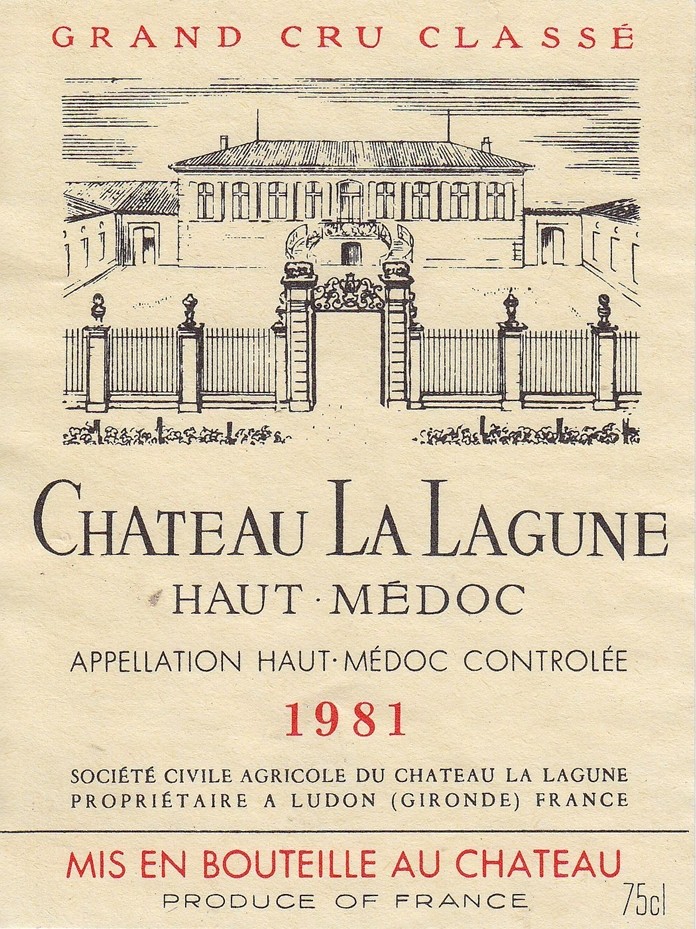
Some time ago, I was having dinner at one of my favourite restaurants (now sadly gone) and I noticed someone at a nearby table ordering a bottle of wine. My ears instinctively switched into bionic mode and I realized that he was ordering a fairly ordinary but reliable French wine, often seen in these parts. A few minutes later, the waitress appeared, opened the bottle and poured a sample. This was airily dismissed with something like, “Oh, I know this wine; I don’t need to taste it.” Of course, the man had missed the point entirely. He wasn’t being given a sample to see if he liked it because by ordering the wine, he had already bought it. The sample is to check that the wine has not been damaged or “gone off” in some way. It’s merely a quality check. In any case, tasting is not strictly necessary. With experience, a few quick sniffs reveal whether the wine is acceptable.
There’s a raft-load of other misconceptions and wine myths that have been around far too long. Here are six of them in no particular order.
Myth No 1: Leave the opened bottle of wine to stand before serving.
This is a common belief held by waiters who have presumably been instructed by the management to let the bottle stand for a few minutes on the table “to let the air in”. This is nonsense, because the air can reach only a tiny surface area of the wine in the narrow neck of the bottle. If the wine needs aerating (and some don’t), it’s better to pour it and then let it rest in the glass for a few minutes.
Myth No 2: Screw top closures signify cheap wine.
At one time, almost all wine bottles were sealed with cork but today screw caps have become so reliable that most everyday wines use them. The majority of Australian and New Zealand wines use them regardless of quality. Screw caps are preferred by many European wine producers too. It is only a comparatively tiny percentage of wine intended for long-term ageing that are thought to benefit from a cork closure.
Myth No 3: “Legs” in the glass indicate high quality wine.
You’ve probably seen those rivulets of liquid that adhere to the inside of the glass. They’re caused by a rather complex physical phenomenon involving surface tension and alcohol evaporation and often found in wine with either high alcohol or sugar content. It’s known as the Marangoni Effect has nothing to do with quality. A thesis on the subject brought the eponymous Carlo Marangoni his doctorate degree in 1865.
Myth No 4: Wine always improves with age.
Most of the wine in the world is made for consumption within a couple of years. After that it’ll lose much of its freshness; the taste will start to fade and the wine will sadly become a shadow of its former self. The majority of wines deteriorate with age. The exceptions are the small percentage of wines made for ageing, such as top quality wines from Bordeaux and Burgundy.
Myth No 4: Blended wines are inferior.
Almost every wine is blended. Classic Bordeaux for example, is usually a blend of at least three grapes. Wine made from a single grape variety is called a varietal and usually (but not always) has the name of the grape on the label. However, regulations allow a proportion of other grapes to be used. In Europe a varietal must contain 85 percent of the grape shown on the label but in America it’s only 75 percent. Relatively few wines are made entirely from a single grape variety.
Myth No 5: Red wine should always be served at room temperature.
This myth implies that all red wines should be served at the same temperature, which is simply untrue. Both humidity and temperature have a significant impact on how a wine smells and tastes. And in any case, what is the temperature of a room? Most red wines are at their best when the temperature is below 70°F (or 21°C) which is lower than most domestic temperatures, especially in this part of the world. Here, red wine should feel slightly cool, but not cold. Full-bodied reds such as Cabernet Sauvignon or Merlot should be about 64°F. Light, fruity Beaujolais is always served distinctly cool in its home country at about 53°F. For the best advice, look at the back label on the bottle. If in doubt, cooler is better for the wine will soon heat up in the glass.
Myth No 6: Always drink red wine with cheese.
Yes, Pinot Noir works well with Emmenthal or Gruyère, while Edam (AY-dum) and Gouda (HOW-dah) can go well with Cabernet Sauvignon. But these two Dutch favourites also work superbly with dry Riesling. Many cheeses taste better with white wine rather than red. Brie and Camembert work perfectly with Chardonnay, Chenin Blanc or even Sauvignon Blanc. Blue cheese often calls for sweet white wine and amontillado sherry will probably go with many varieties of cheese. The best means of discovery is to have a cheese and wine pairing experiment yourself and find out what combinations work. Assuming of course, that you have the time, the inclination and the money.
 |
 |
 |





